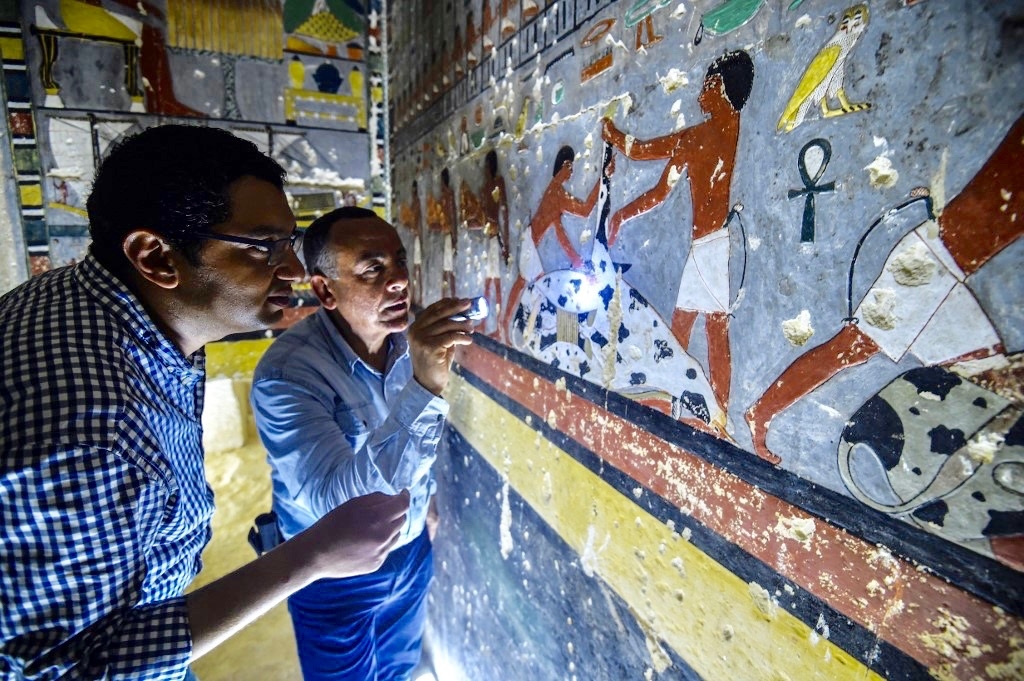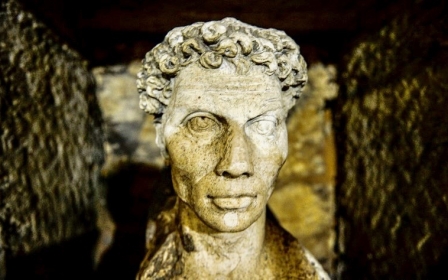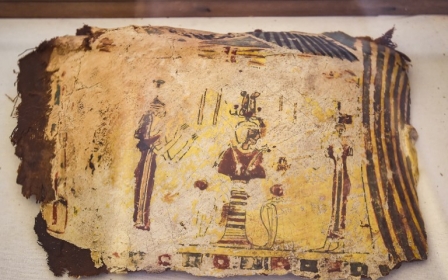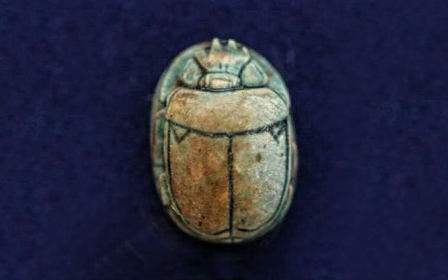Egypt unveils Fifth Dynasty tomb adorned with colourful reliefs

In a major archaeological discovery, Egypt on Saturday unveiled the tomb of a Fifth Dynasty official adorned with colourful reliefs and well-preserved inscriptions.
The tomb, near Saqqara, a vast necropolis south of Cairo, belonged to a senior official named Khoy who is believed to have been a nobleman during the Fifth Dynasty, which ruled over Egypt about 4,300 years ago, AFP said.
The mission uncovered this tomb while documenting the collection of pyramids that belong to King Djedkare Isesis, the eighth and penultimate ruler of the Fifth Dynasty of Egypt in the late 25th century to mid-24th century BC, according to EgyptToday.
"The L-shaped Khoy tomb starts with a small corridor heading downwards into an antechamber, and from there a larger chamber with painted reliefs depicting the tomb owner seated at an offerings table," said Mohamed Mujahid, the excavation team's head, in an antiquities ministry statement.
New MEE newsletter: Jerusalem Dispatch
Sign up to get the latest insights and analysis on Israel-Palestine, alongside Turkey Unpacked and other MEE newsletters
Flanked by dozens of ambassadors, Antiquities Minister Khaled al-Enani said the tomb was discovered last month.
It is mostly made of white limestone bricks.
Ornate paintings boast a special green resin throughout and oils used in the burial process, the ministry said.
The tomb's north wall indicates that its design was inspired by the architectural blueprint of the dynasty's royal pyramids, the statement added.
Archaeologists recently found an inscription on a granite column dedicated to Queen Setibhor, who is believed to have been the wife of King Djedkare Isesis.
Egypt has in recent years sought to promote archaeological discoveries across the country in a bid to revive tourism that took a hit from the turmoil after its 2011 uprising.
Middle East Eye delivers independent and unrivalled coverage and analysis of the Middle East, North Africa and beyond. To learn more about republishing this content and the associated fees, please fill out this form. More about MEE can be found here.





